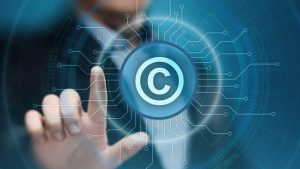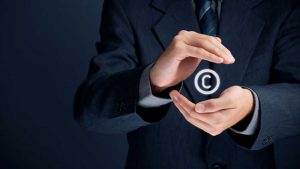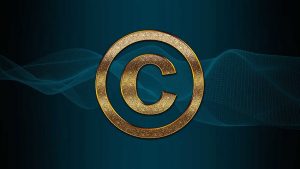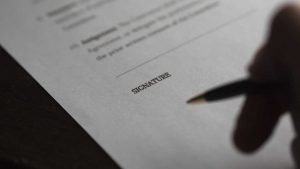How does it work?
We have briefly discussed the justifications for copyright and why it is still highly relevant. Dating back many years, there has always been a need to balance the public interests against those of the copyright owners. This is where the Fair-Use doctrine came in …
The Fair-Use doctrine originated in the US and was made into statute by the Copyright Act 1979. It allows for copyright works to be used by a third party, without gaining the author’s permission to do so. The aim of this doctrine was to allow for the copyright works to be creatively distributed for the benefit of the wider public interest.
"However, this, like many other things in law, is not so straight forward and is always limited to certain circumstances only!"
In order to use someone else’s work without their permission, and therefore claim ‘fair use’ as your defence when doing so, you must fall within the statutory framework that recognises such uses.
These uses are as follows:
Criticism
Comment
News Reporting
Teaching
Scholarship
Research
Criticism
Comment
News Reporting
Teaching
Scholarship
Research
The courts will also look at four (amongst others) major features when establishing whether the use of the work qualifies for the ‘fair use’ exception. I will discuss these below, but it is important to remember that each factor may elicit fair use on its own, but it is all factors as a whole that will determine if the use is indeed fair.
The nature of the copyrighted work: this means that the courts are going to analyse objectively if you are using the works for what can be seen as a genuine use of creative expression. This also highlights that the work should be published by you, otherwise it is very unlikely the courts will consider this a fair use of the owners work.
The purpose of the use: in this element, the courts will look at whether or not the use is commercial or for a non-profit. When a work is being used for non-commercial or teaching purposes, it is more likely that the work will be considered fair.
The effect of the use on the market or value of the original works: If the unlicensed use of the work will cause harm or financial damage (e.g: a drop in sales) to the original works, it is very unlikely that the court is going to find in favour of the unlicensed use.
Amount if the original works used: The final factor sees the courts evaluating the works quality and quantity from which the copyrighted material was derived. If a substantial amount of the unlicensed work is from the original copyrighted material, then it is very unlikely that the courts will find in favour of fair use.
The purpose of the use: in this element, the courts will look at whether or not the use is commercial or for a non-profit. When a work is being used for non-commercial or teaching purposes, it is more likely that the work will be considered fair.
The effect of the use on the market or value of the original works: If the unlicensed use of the work will cause harm or financial damage (e.g: a drop in sales) to the original works, it is very unlikely that the court is going to find in favour of the unlicensed use.
Amount if the original works used: The final factor sees the courts evaluating the works quality and quantity from which the copyrighted material was derived. If a substantial amount of the unlicensed work is from the original copyrighted material, then it is very unlikely that the courts will find in favour of fair use.
This week has been a close up look at the law surrounding the Fair-Use doctrine. Next week we will go into the international influence this US doctrine has had, as well as a UK v US comparison in this area of law.
Until next time …















